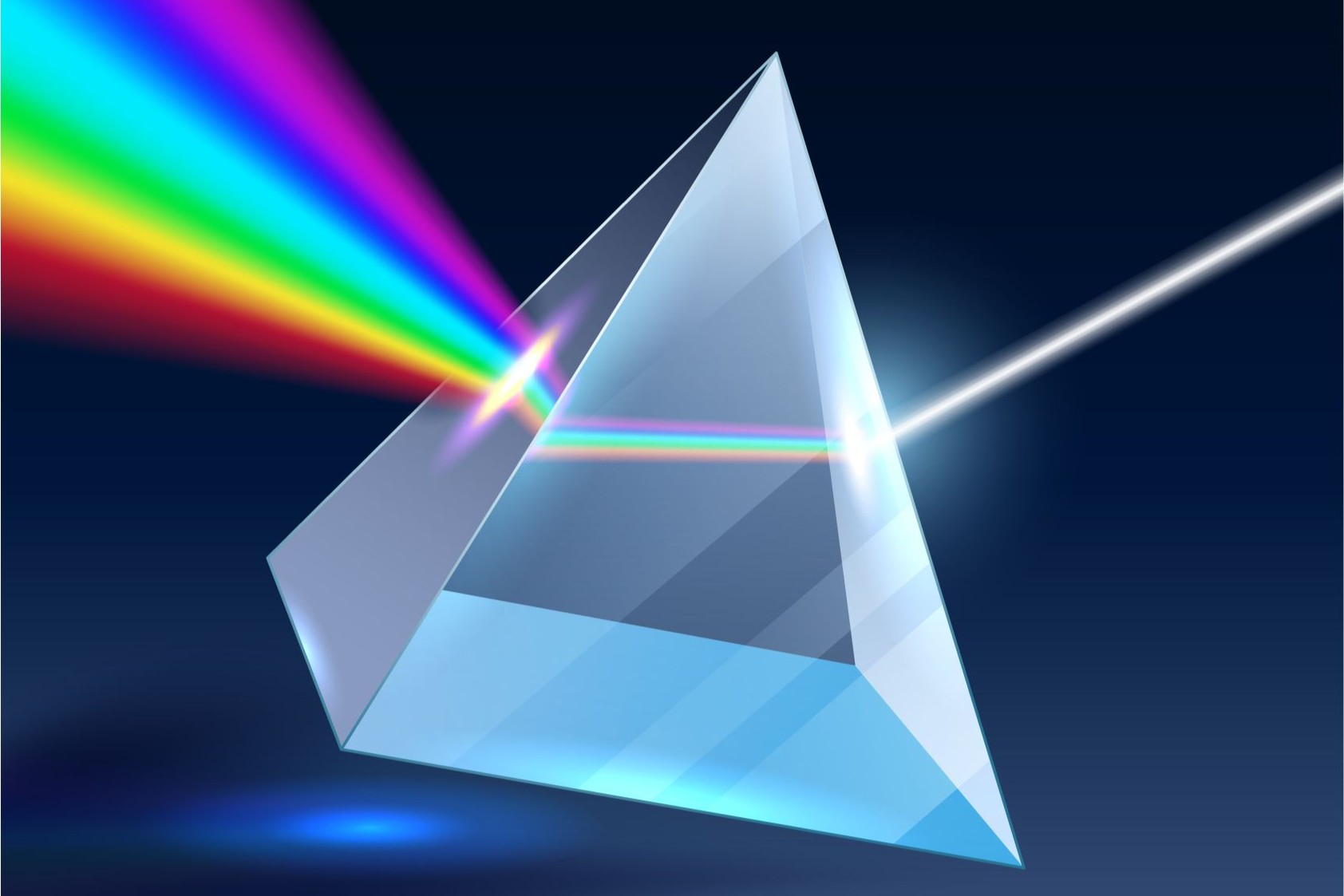
Dispersion is a fascinating phenomenon that affects light, sound, and even water waves. Ever wondered why a rainbow forms after rain? It's all about dispersion. When light passes through a prism or water droplets, it splits into different colors. This happens because each color travels at a different speed in the medium, causing them to spread out. Isaac Newton was the first to explain this in the 17th century. Dispersion isn't just limited to light; it also plays a role in acoustics and oceanography. Understanding dispersion helps in designing better lenses, improving sound quality, and even predicting weather patterns. Dive into these 32 intriguing facts about dispersion to see how it shapes our world in ways you might not expect!
What is Dispersion?
Dispersion is a phenomenon where light separates into its component colors. This happens when light passes through a medium like a prism or water droplets. The result is a spectrum of colors, often seen in rainbows.
- Dispersion occurs because different colors of light travel at different speeds in a medium.
- Isaac Newton was the first to demonstrate dispersion using a glass prism in 1666.
- Rainbows are natural examples of dispersion, created by water droplets in the atmosphere.
- Prisms can split white light into a spectrum of colors, showing red, orange, yellow, green, blue, indigo, and violet.
- Red light bends the least, while violet bends the most when passing through a prism.
- Dispersion is not limited to visible light; it can occur with any type of wave, including sound and water waves.
How Dispersion Affects Everyday Life
Dispersion isn't just a scientific curiosity; it has practical applications and effects in daily life. From the colors we see to the technology we use, dispersion plays a role.
- Camera lenses use dispersion to correct color distortions, ensuring sharp images.
- Fiber optics rely on dispersion to transmit data over long distances without loss.
- CDs and DVDs use the principles of dispersion to read and write data with lasers.
- Holograms are created using dispersion to produce three-dimensional images.
- Gemstones like diamonds sparkle due to dispersion, splitting light into multiple colors.
- Sunglasses with polarized lenses reduce glare by filtering out dispersed light.
Historical Significance of Dispersion
The study of dispersion has a rich history, influencing various fields of science and technology. Key discoveries and inventions have roots in understanding this phenomenon.
- Newton's prism experiment laid the groundwork for the field of optics.
- Joseph von Fraunhofer used dispersion to discover dark lines in the solar spectrum, leading to the study of spectroscopy.
- Spectroscopy has become a crucial tool in astronomy, chemistry, and physics.
- The Michelson-Morley experiment used dispersion to measure the speed of light, challenging the concept of the ether.
- Quantum mechanics emerged partly from studying light dispersion and its interaction with matter.
- Lasers were developed by understanding how light can be amplified and dispersed.
Fun Facts About Dispersion
Dispersion isn't just serious science; it has some fun and surprising aspects too. These tidbits show the lighter side of this fascinating phenomenon.
- Soap bubbles show dispersion, creating colorful patterns on their surfaces.
- Oil slicks on water display dispersion, producing rainbow-like colors.
- Chameleons change color using cells that disperse light differently.
- Fireworks use dispersion to create vibrant colors in the sky.
- Auroras are caused by the dispersion of solar particles in Earth's atmosphere.
- Butterfly wings exhibit dispersion, giving them their iridescent colors.
Dispersion in Nature
Nature provides many examples of dispersion, often creating beautiful and awe-inspiring sights. These natural occurrences highlight the wonder of this optical phenomenon.
- Sunsets are red and orange due to the dispersion of light in the atmosphere.
- Blue skies result from the dispersion of shorter blue wavelengths by air molecules.
- Peacock feathers display vibrant colors due to microscopic structures that disperse light.
- Opals show a play of colors because of the dispersion of light through silica spheres.
- Fish scales reflect light, creating shimmering effects through dispersion.
- Spider webs can appear iridescent when light disperses through the silk strands.
- Ice crystals in the atmosphere can create halos and sundogs through dispersion.
- Waterfalls sometimes produce rainbows when sunlight disperses through mist.
The Fascinating World of Dispersion
Dispersion isn't just a scientific term; it's a phenomenon that impacts our daily lives in unexpected ways. From the vibrant colors of a rainbow to the way light bends through a glass of water, dispersion is all around us. Understanding this concept can deepen our appreciation for the natural world and the technology we use every day.
Whether you're a student, a science enthusiast, or just curious, knowing these 32 facts about dispersion can be both enlightening and fun. It shows how interconnected science is with our everyday experiences. So next time you see a rainbow or notice the colors in a soap bubble, you'll know a bit more about the magic behind it. Keep exploring, stay curious, and let the wonders of dispersion continue to amaze you.
Was this page helpful?
Our commitment to delivering trustworthy and engaging content is at the heart of what we do. Each fact on our site is contributed by real users like you, bringing a wealth of diverse insights and information. To ensure the highest standards of accuracy and reliability, our dedicated editors meticulously review each submission. This process guarantees that the facts we share are not only fascinating but also credible. Trust in our commitment to quality and authenticity as you explore and learn with us.
